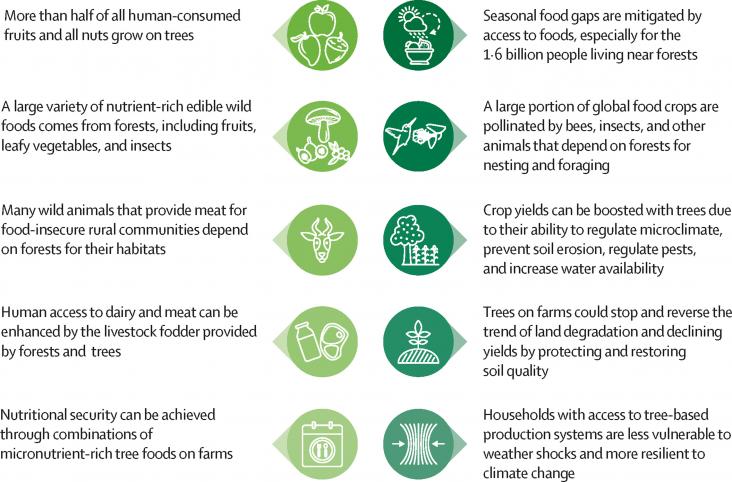This article aligns with the SDG goal 3 of Good health and wellbeing by demonstrating that direct-acting antiviral therapy is accompanied by an improvement in the quality of life of patients with chronic hepatitis C.
This Comment supports SDG 3 by highlighting the important of hepatitis C prevention, treatment, and risk reduction in prisons, calling for measures such as increased availability of point-of-care testing, direct-acting antiviral therapy, and education around HCV in carceral settings, as well as increased funding to support such measures.
This Article supports SDG 3 by describing the association between low economic status and increased prevalence of hepatis B in China and calls for targeted interventions that could reduce this prevalence among poorer populations.
This content links with Goal 3: Good health and well-being and Goal 10: Reduced Inequalities by providing information on paroxysmal dyskinesias, a group of uncommon movement disorders that are characterized by episodes of abnormal movements arising from a baseline of normal or nearly normal movement.
Background: Epidemiological studies have reported the associations between nitrogen dioxide (NO2) and pediatric asthma incidence, but unable to ascertain indoor NO2 sources.
Background: Hepatitis B virus (HBV) infection is a serious global health problem and China has the largest disease burden.
Approximately two thirds of Americans reported delaying or forgoing healthcare during the pandemic. Experience of racial discrimination were prevalent among Asian Americans, Blacks and Hispanics during the pandemic.

This Viewpoint supports SDGs 2 and 15 by highlighting the importance of trees and forests to food systems, and exploring how the value of trees and forests in this regard can be enhanced to improve nutritional and environmental sustainability.
This Article supports SDG 3 by using a novel individual-based mathematical model to describe HIV transmission dynamics in heterosexual sex work networks in the Middle East and north Africa to estimate HIV incidence and the potential impact of interventions among female sex workers, clients, and client spouses.
